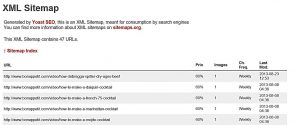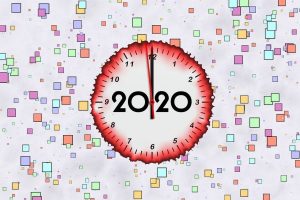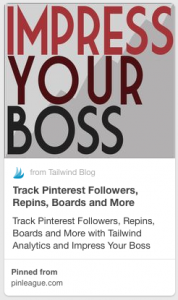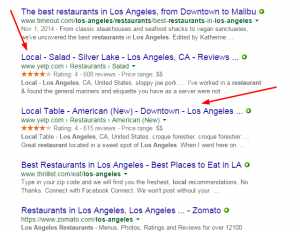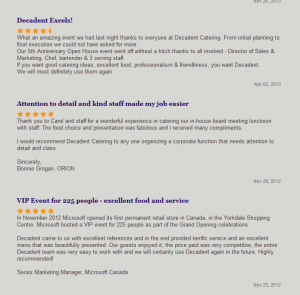— June 10, 2019
Aberdeen has found that 68% of companies (and growing) are concerned about low or declining employee engagement. Since the 2008-09 financial crisis, employee engagement has been a focal point category in HCM leading employers to consider all of its angles from corporate culture to employment branding and recruitment marketing.
When asked, 68% of HR personnel and managers concur that employees at their firms are looking for career tracks that are easily discerned from the goals of the organization. Employees are self-motivated behind their careers, making it more important than ever for employers to build an HCM resource ecosystem that meets employees on their terms.
Examining this more closely, employers need to refocus their efforts on employees as long term investments, considering redeployment strategies and building employee relationship management into their HCM resource space.
The Talent Pool is Shifting
Consider this: While the average employee tenure at organizations is holding at just under two years, it is expected to decline as seasoned employees age into retirement to be replaced by the youngest generations in the workforce today. The bifurcation in the market for qualified talent also means that skilled workers have a lot of options when they want to improve the quality of their work engagements. For employers, this means shrinking talent pools for nearly every role, coupled with increasing competition for talent from industries they never used to formally compete against.
Aberdeen has found a few striking figures that should be motivating employers to consider revamping their talent acquisition and talent management strategies to focus on overall talent placement:
- Getting the right employees to the right place at the right time is a front-loaded process that increases the time it takes for employees to run in the black on the initial investment made to hire them. The average employer from Aberdeen’s data spends more on talent acquisition than performance management by a ratio of up to 2 to 1. Right now, the timeline stands at just over 2 years and growing. With average tenure for new hires dropping below 2 years, employers are spending more than they are returning in value by over-focusing on talent acquisition.
- It takes an average 3 to 4 weeks for new hires to work at full capacity and nearly two thirds of that time is spent training. For every new hire, this means that while training time counts toward the employee ROI, early training has a smaller return than new skills development, slowing down the rate at which employees move closer to running in the black.
In the lexicon of available talent placement technologies, strategies, and integrated solutions, which features are moving the needle closer toward 1) increasing the likelihood that employees will join and stay with the organization and 2) increasing the chances that retention rates will increase?
Here is a list of functions in talent acquisition and talent and performance management prioritized by the percent that they reduce the likelihood of incurring high turnover for every percent that companies increase their investment in them:
- Talent Acquisition Resources:
- Recruitment marketing| 110% reduction
- Predictive analytics| 63%
- Recruitment Process Outsourcing| 47%
- Talent branding| 36%
- Talent pipeline management| 34%
- Talent and Performance Management Resources:
- Talent redeployment| 140%
- Data integration between talent acquisition and performance management| 46%
- Wellness, well-being, and EAP| 28%
- Rewards and recognition| 25%
- Learning and development| 21%
The solution ecosystem that works best to improve retention rates and foster long-term employee commitments are those that do not panic about employee departures in the short-term. Talent redeployment provides the top strategy advantage followed by recruitment marketing that carries that long-term message out to talent pools. Beyond that, the best bang for the buck comes from working with strategic resources that unify internal HR and performance data for cross-functional analysis, and that serve in a consultative capacity to revamp and realign the hiring strategy to the often-times fickle demands of the workforce.
Business & Finance Articles on Business 2 Community
(35)
Report Post